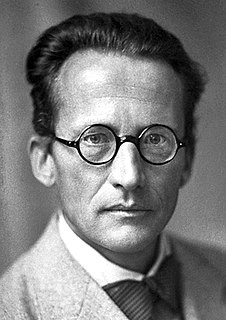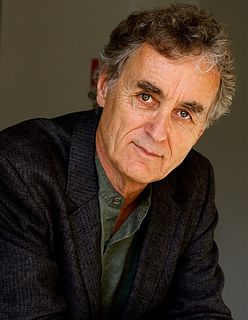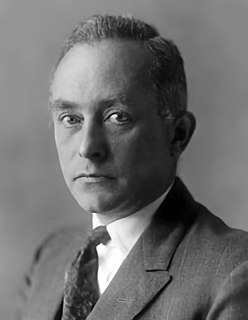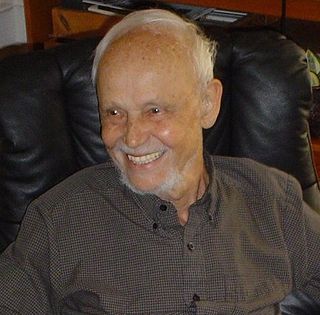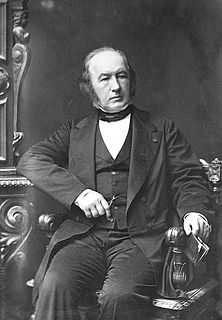A Quote by Erwin Schrodinger
A careful analysis of the process of observation in atomic physics has shown that the subatomic particles have no meaning as isolated entities, but can only be understood as interconnections between the preparation of an experiment and the subsequent measurement.
Related Quotes
Entanglement can best be understood as this: When subatomic matter is in a process together, subsequently the subatomic particles go apart from each other and go across the universe. When they do this, they will remain entangled. That means if you do something to one, the other one responds immediately, instantaneously.
Our natural state of being is in relationship, a tango, a constant state of one influencing the other. Just as the subatomic particles that compose us cannot be separated from the space and particles surrounding them, so living beings cannot be isolated from each other... By the act of observation and intention, we have the ability to extend a kind of super-radiance to the world.
Every subatomic interaction consists of the annihilation of the original particles and the creation of new subatomic particles. The subatomic world is a continual dance of creation and annihilation, of mass changing into energy and energy changing into mass. Transient forms sparkle in and out of existence, creating a never-ending, forever newly created reality.
String theory?[pause] It closed the conceptual gulp between relativity and quantum mechanics. It postulates that subatomic particles are not points, but strings, about one planck length long. The rate at which strings vibrate can generate the properties of all known particles. Huh? How did I know that?
Ancient wisdom and quantum physicists make unlikely bedfellows: In quantum mechanics the observer determines (or even brings into being) what is observed, and so, too, for the Tiwis, who dissolve the distinction between themselves and the cosmos. In quantum physics, subatomic particles influence each other from a distance, and this tallies with the aboriginal view, in which people, animals, rocks, and trees all weave together in the same interwoven fabric.
The main thesis of mind-physics holds that consciousness and matter are both manifestations of a more primary entity, and that the processes of manifestation exhibit equivalent invariances for both consciousness and matter. When the program for mind-physics is complete the subject-object dichotomy of modal logic, the polarity of concept-percept, and the antagonism between morality and technology will all come to an end. Then the non-repeatable experiment will be understood to be more primary than the traditional repeatable experiment.
Man does not limit himself to seeing; he thinks and insists on learning the meaning of phenomena whose existence has been revealed to him by observation. So he reasons, compares facts, puts questions to them, and by the answers which he extracts, tests one by another. This sort of control, by means of reasoning and facts, is what constitutes experiment, properly speaking; and it is the only process that we have for teaching ourselves about the nature of things outside us.
